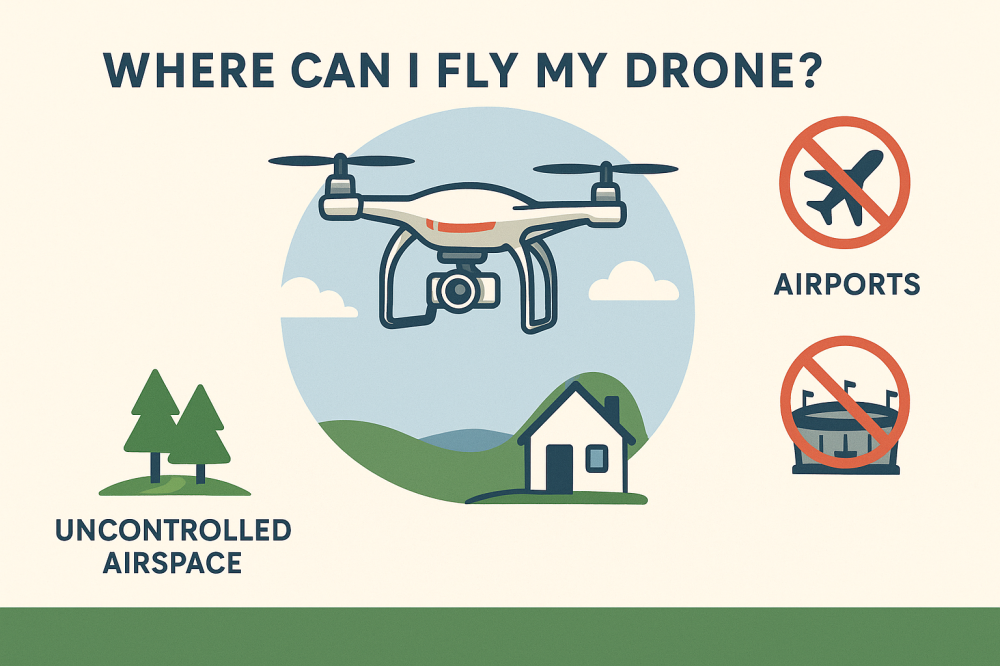Where Can I Fly My Drone? A Deep Dive Into Legal, Technical, and Operational Considerations
Where Can I Fly My Drone?
Flying a drone—whether for hobby, commercial use, or aerial photography—involves more than powering up your quadcopter. As a veteran in aviation, robotics, and unmanned aircraft systems (UAS), I offer a deep dive into legal, technical, and operational considerations for drone flight.

1. Understanding Airspace: Controlled vs. Uncontrolled
Airspace is classified by the FAA as Class A through G. Class G is uncontrolled and best suited for most drone flights. Controlled airspace (Classes B, C, D, E) usually requires authorization.
- Prohibited airspace: National parks, military bases, etc.
- Temporary Flight Restrictions (TFRs): Imposed for events, wildfires, or emergencies
2. FAA Tools: B4UFLY & LAANC
The B4UFLY app provides real-time flight restriction data. LAANC allows instant digital authorization to fly in controlled airspace under Part 107 rules.
3. Legal Frameworks
Recreational Flyers
- Keep within visual line of sight
- Stay under 400 feet AGL
- Register drones over 250g
- Pass the TRUST test
Commercial Operators
- FAA Remote Pilot Certificate required
- Waivers for advanced operations (night, over people)
4. Ideal Places to Fly
- Uncontrolled rural airspace
- Model aircraft fields
- Drone parks and FAA test ranges
- Private property with permission
5. No-Fly Zones
- Airports and heliports
- Stadiums and large gatherings
- National Parks and Monuments
- Military installations
- Over people and vehicles (without waivers)
6. Drone Technology & Flight Zones
Modern UAVs include GPS geofencing, autonomous flight, collision avoidance, and real-time telemetry. These help enforce safe and legal operations in national airspace.
7. Special Use Cases
- Drone racing: Preferably in enclosed courses
- Search & rescue: With agency coordination
- Deliveries: Under FAA waivers and Part 135 certification
8. Final Considerations
- Check airworthiness and battery levels pre-flight
- Maintain line-of-sight or apply for BVLOS waiver
- Respect public safety and privacy laws
"Knowing where to fly your drone is about more than safety—it's about being a responsible airspace participant."
By understanding regulations and using available tools, drone pilots can safely integrate into national and local airspace systems with minimal risk and maximum compliance.